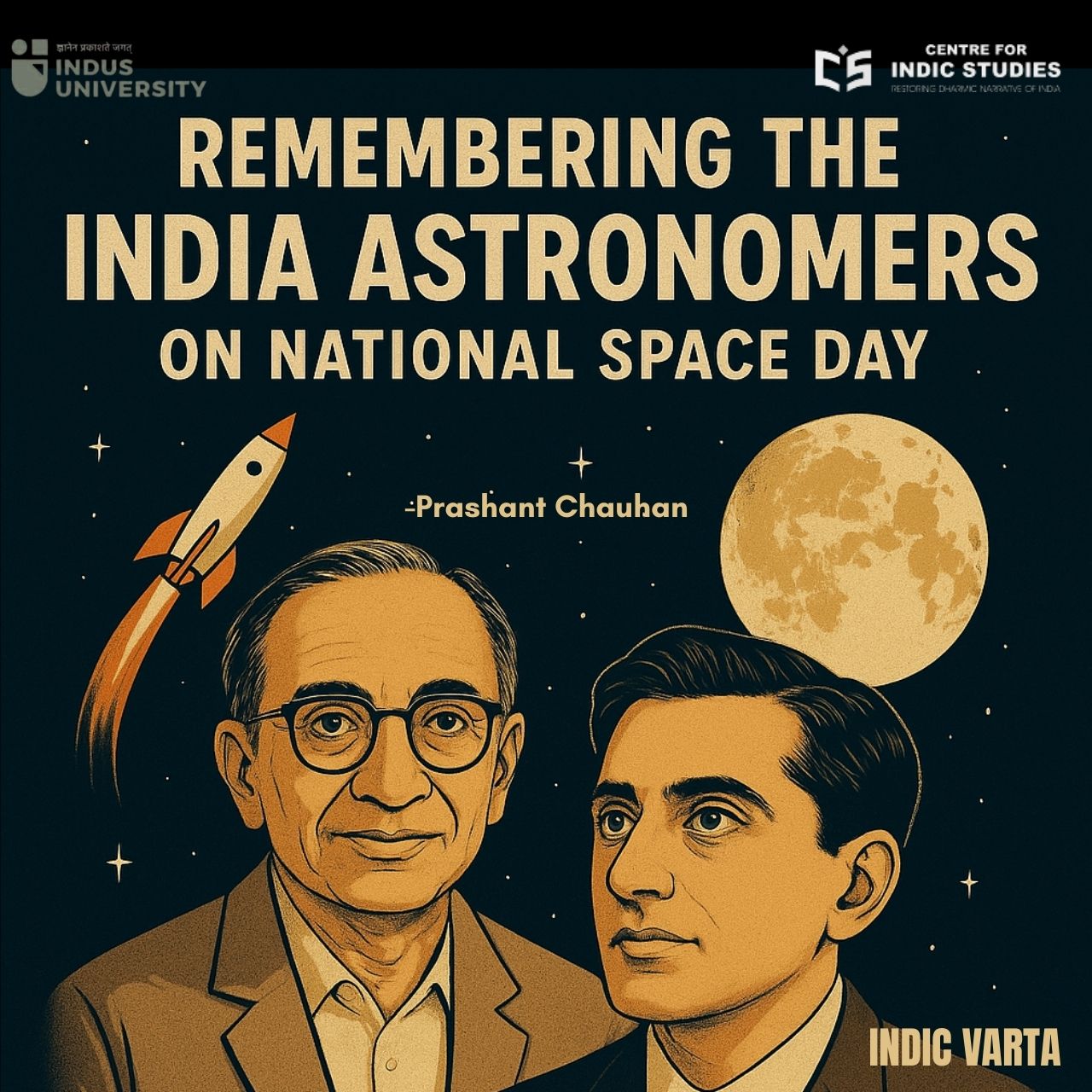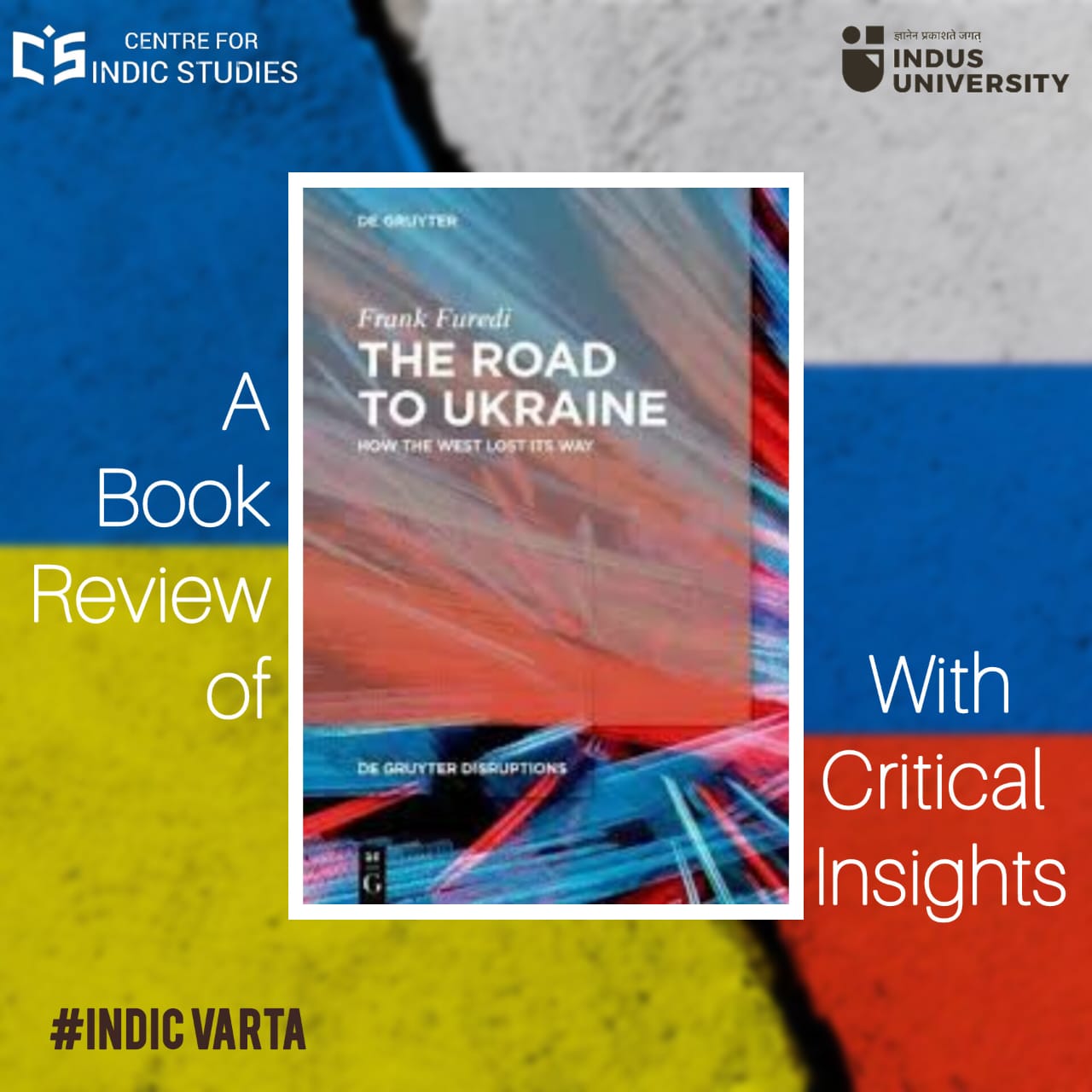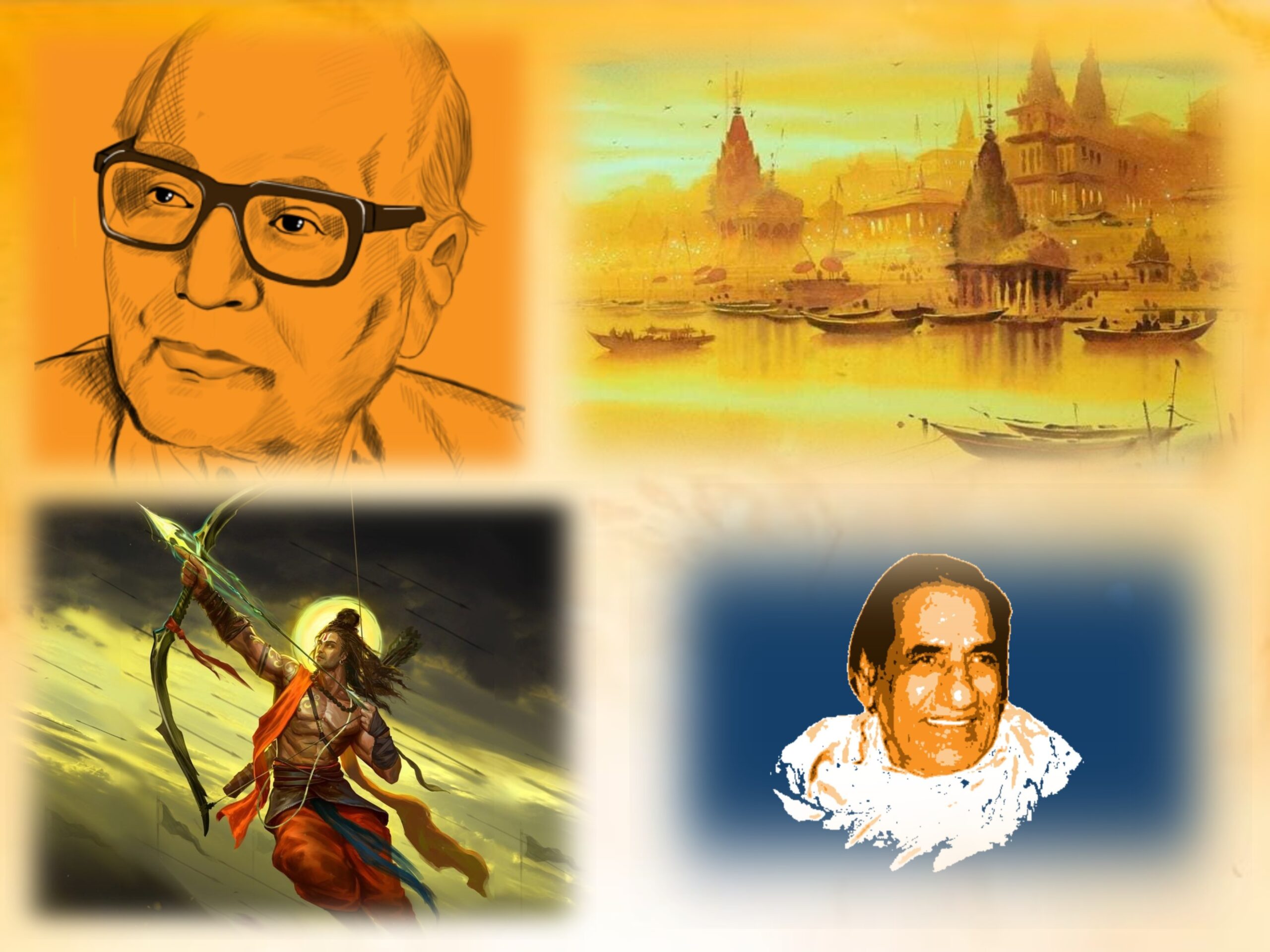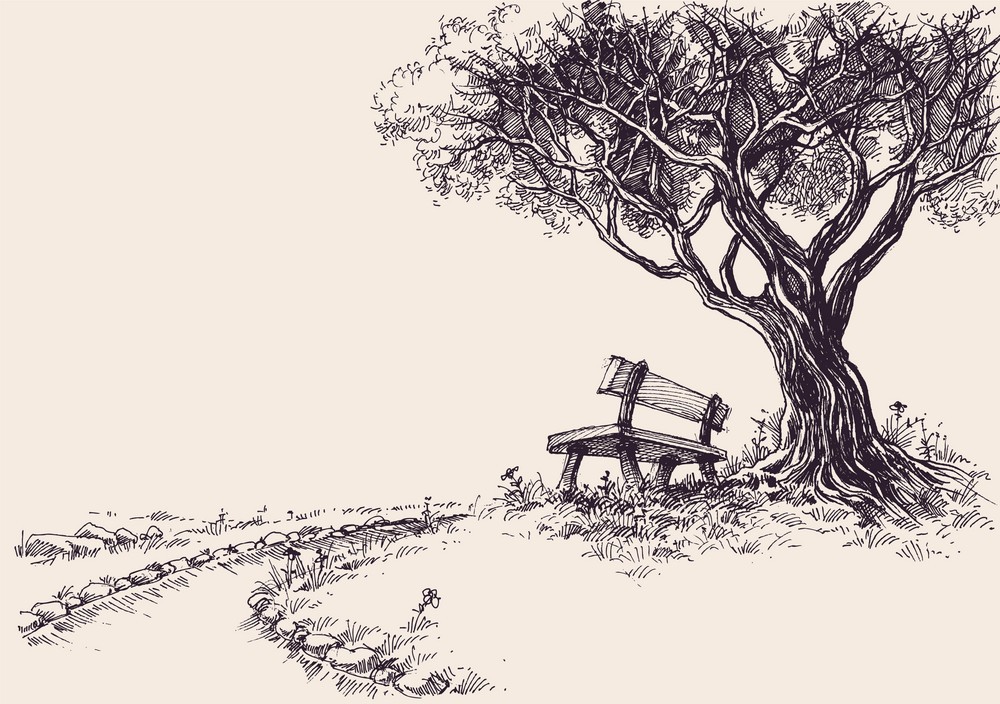- Visitor:78
- Published on: 2025-08-23 03:44 pm
Remembering the Indian Astronomers on the National Space Day
On 23 August 2023, the Indian Space Research Organisation (ISRO) achieved a historic milestone by successfully landing the Chandrayaan-3 lander and rover on the surface of the Moon. With this remarkable achievement, India became the fourth country to land on the Moon and the first to land near the lunar south polar region. To honour this landmark success, India now celebrates 23 August as National Space Day each year. The theme of the 2025 celebration is: “Aryabhatta to Gaganyaan: Ancient Wisdom to Infinite Possibilities”.

India has always had a rich heritage of astronomical wisdom. From ancient times, our scholars were deeply curious about the mysteries of the universe. Many Vedic scriptures contain references to astronomy, cosmology, and the order of the cosmos. These texts show how the ancient Indian thinkers not only reflected philosophically on the universe but also engaged in practical calculations and observations, for example the Rigveda contains hymns that describe the origin of the universe and the movement of celestial bodies. Building upon these foundations, great astronomers such as Aryabhata, Brahmagupta, and Varāhamihira, Vatesvara and Bhaskara developed sophisticated mathematical and astronomical models. At a time when much of the world was still struggling with basic survival, India’s ancient astronomers were exploring the mystical phenomena of space.
Great scholars such as Aryabhata developed precise mathematical and astronomical treatises that dealt with planetary motions, eclipses, and celestial cycles. The roots of this traditional knowledge, nurtured in India’s intellectual culture, blossomed again in the modern era when ISRO launched its very first satellite in 1975, named “Aryabhata” in honour of the great mathematician-astronomer, this symbolic act shows that astronomy is not a new or borrowed subject for India it is deeply rooted in the Vedic heritage and the scientific traditions of our culture.
Division of Jyotish-shastra
According to Prashna Marga (1.3.2), Jyotiṣa in its fuller sense is divided into three main sections Gaṇita (astronomy), Saṁhitā (electional astrology), and Horā (predictive/horary astrology) and six branches: Jātaka (horoscopy), Gola (spherics), Nimitta (omenology), Praśna (astrological queries), Muhūrta (auspicious times), and Gaṇita (astronomical computations). The text further explains that Gaṇita and Gola belong to astronomy, Nimitta appears in both Horā and Saṁhitā, while Jātaka, Praśna, and Muhūrta belong only to Horā. Saṁhitā, on the other hand, deals with topics such as rainfall, prosperity of people, nature of animals, and celestial phenomena like comets and meteors. Broadly, Jyotiṣa is classified into computational (astronomy) and result oriented (astrology) branches.
Insistency on Accuracy
During the Vedic era, there were no advanced instruments or modern techniques to measure celestial motions and Earth’s observations with high accuracy. Yet, Indian astronomers were able to resolve these challenges through systematic observations and calculations, which later came to be compiled in classical texts. One such important work is Varāhamihira’s Pañcasiddhāntikā (The text refers to the Śaka year 427, which corresponds to 505 CE).
In Pañcasiddhāntikā, Varāhamihira discusses the question of astronomical accuracy. He explains that a Śāstra can be considered correct only when the observed tithis and nakṣatras agree with its predictions, but Bhadraviṣṇu’s work, his predecessor, often failed in this regard, even though some people continued to follow it. He also points out that sunrise and sunset times vary according to geographical location, yet Padāditya’s work fixed the epoch at sunset without specifying the place, which made it faulty. Further, Padāditya’s gaṇita or mathematical calculations deviated from the methods of earlier teachers and were predicted to fail in the long run.
Varāhamihira also critiques the Romaka or Western method, which used the tropical year system and gave wrong lunar positions for example, showing the Caitra full moon in Punarvasu instead of the expected Hasta or Citra. In addition to these critiques, he also provides corrections to planetary positions in his Grahaṇamandana. According to him, one second should be subtracted from the Sun’s mean position for every 200 years, one second should be added to the Moon’s mean position for every 41 years, and one second should be added to the lunar node for every 135 years.
These observations show the meticulous efforts of ancient Indian astronomers to refine astronomical models and maintain accuracy over long time periods, even in the absence of modern instruments, this shows that even though our astronomers did not have highly advanced technology, their discoveries based on observation and estimation still demonstrate remarkable accuracy.
Verification through Measurement: Indian Astronomy
Ancient Indian astronomical instruments demonstrate the extraordinary technological skill and innovation of a civilization that greatly expanded our understanding of the cosmos. These tools, developed thousands of years ago, ranged from simple devices for celestial observations to advanced instruments for calendar-making. They reflect a unique blend of scientific curiosity and spiritual inquiry.
In ancient India, astronomers devised highly precise observational methods to verify their astronomical calculations. One such method required the construction of a perfectly circular platform of a chosen radius, measured in angulas, and elevated to the level of the observer’s eye. Through the center of this circle, east–west and north–south lines were drawn, and the circumference was divided into 21,600 equal segments, corresponding to arc-seconds, during sunrise and sunset, the observer would alternately stand on the west and east sides of the platform to record the position of the half-risen or half-set Sun.
This was done with the aid of a gnomon, a vertical stick fixed at the center, whose shadow indicated the points on the circumference. The opposite points, corresponding to these positions, were also marked, and the exact tip of the midday shadow was carefully noted.
When the Sun moved into the northern hemisphere, a second gnomon was positioned along the east–west line to determine the precise moment when its shadow touched that line. These observations were carried out daily, often for a span of two to three years, and then compared with computed values to assess their accuracy. If the observed positions of the Sun coincided with the calculated ones, the computations were regarded as correct.
Likewise, if the timing of the midday shadow, its maximum extent, or its complete disappearance corresponded with the predicted values, the correctness of the calculations was confirmed, this practice was not limited to the Sun alone. The same principles were extended to the Moon and other planets. Lunar calculations were verified during eclipses by comparing the observed conjunction of the Moon and the Sun with the computed values, while planetary positions were tested by examining their conjunctions with the Moon against actual observations.
In cases where discrepancies appeared between observation and calculation, the planetary parameters (bhaganas) were revised in accordance with traditional guidelines.
Shape of the Earth : Doubts and some clarifications
Indian astronomers devoted themselves to observation and careful measurement, always seeking accuracy even in the absence of advanced instruments. Their works show a continuous effort to correct common misconceptions, such as the belief that the Sun was eclipsed by a demon, that two Suns or two Moons existed, or that the Earth was flat.
While early Greek thinkers like Pythagoras are often linked with the idea of a flat Earth, Indian astronomers rejected this view and, through reasoning and observation, explained that the Earth is spherical, rests unsupported in space, and rotates on its axis.
In texts like the Śiṣyadhīvṛddhida Tantra of Lalla, the idea of an infinite Earth is challenged by showing how celestial events—such as eclipses, planetary risings and settings, conjunctions, lunar phases, and even the measurement of shadows—depend on the finite size of the Earth. Calculations of planetary motions, derived from Earth’s circumference, also confirmed that the Earth is not limitless. Lalla further questioned myths that the Earth floats on water or is supported by animals, asking why those supposed supports could remain in space if the Earth could not. He also dismissed the belief that eclipses were caused by Rahu or some demon, pointing out that eclipses only occur during new or full moon, can be predicted mathematically, and differ across regions—facts that clearly contradict the idea of a supernatural cause.
These examples again reflect the logical reasoning and scientific approach of Indian astronomers, who uncovered fundamental truths about the cosmos long before the modern age, relying on sharp intellect and systematic study rather than technology.
Who is an Expert Astronomer?
These instruments not only measured planetary motions and celestial cycles with accuracy but also laid the groundwork for future astronomical methods worldwide. Their legacy demonstrates the innovation and rigor of early Indian science, showing how ancient technology continues to influence modern astronomy. During the Vedic period, astronomical calculations were performed without practical instruments, and their accuracy largely depended on the high qualifications of astronomers. In ancient times, there were no advanced instruments for practical measurements. The only reliable source was the deep knowledge and understanding of authentic scriptures. For a great astronomer, it was essential to have mastery of the Shastras along with practical skills in observing and measuring astronomical events. These were considered the true qualifications of an astronomer.
As mentioned in the Vatesvara Siddhānta, a true astronomer is one who derives the Ahargana (solar day count) directly from solar days and determines planetary positions without relying on intercalary months, omitted days, or artificial adjustments. In various Vedic texts, such as Drigganita by Parameshvara, the qualifications of a great astronomer are described. This indicates how intelligent and advanced the astronomers of the Vedic period were. There are many scriptures and records that mention their remarkable achievements in astronomy.
Some of the important texts include Vedanga Jyotisha, Siddhanta Shiromani, Taittiriya Upanishad, Aryabhatiya by Aryabhata, Aitareya Brahmana, Brahmasamhita, and the Panchasiddhantika. Some of the great astronomers of ancient times made remarkable contributions to the development of astronomy. For example, Aryabhata (476–550 CE) wrote the Aryabhatiya, where he introduced concepts of the Earth’s rotation, solar and lunar eclipses, and accurate calculations of planetary positions. Brahmagupta (598–668 CE) composed the Brahmasphutasiddhanta, explaining methods for calculating planetary motions, eclipses, and astronomical constants with mathematical precision.
Varahamihira (505–587 CE), in his Panchasiddhantika and Brihat Samhita, combined technical methods of observation with traditional knowledge to record planetary and celestial events. Bhaskara II (1114–1185 CE), author of the Siddhanta Shiromani, refined astronomical measurements and applied advanced mathematical techniques such as trigonometry. These astronomers used careful sky observations, mathematical formulas, and geometric models as their technical methods for measuring and predicting astronomical events.
One of the most important figures, and an expert Astronomer, in India was Aryabhata I (476 AD). Aryabhata wrote his famous work Aryabhatiyam at the young age of 23. In this monumental text, he mentions that he compiled knowledge at Kusumapura, identified with modern Patna in Bihar.
The Aryabhatiyam is divided into four sections:
Gitikapada – introduces very large units of time such as kalpa and manvantara.
Ganitapada – focuses on pure mathematics and astronomical calculations.
Kalakriyapada – explains the determination of planetary positions for any given day.
Golapada – describes important geometrical aspects of the celestial sphere.
These works set Indian on the path of achieving greater heights in the exploration of astronomy, and continued to inspire young Indians for centuries. One of the continuities is reflected when ISRO began its journey into space with the launch of Aryabhata, India’s first satellite, which marked the beginning of a new era of scientific achievement for the nation. From that humble start, India has gone on to reach remarkable milestones, such as Chandrayaan-1, which first carried India’s name to the Moon, Chandrayaan-2, which attempted a soft landing, and Chandrayaan-3, which successfully placed India on the lunar south pole—something no other country had achieved before. Now, ISRO is preparing for Gaganyaan, the first mission that will send Indian astronauts into space, showing that India is ready to take its place among the leading nations in human space exploration.
This entire progress is not just about modern technology but also reflects the long tradition of astronomy in India. What our ancient astronomers once did with simple tools, keen observation, and deep reasoning, we now continue with advanced satellites, sensors, and instruments. In old times, they removed many false ideas such as demons causing eclipses or the Earth being flat, and through their calculations they built a correct and scientific understanding of the cosmos. Their accuracy and dedication laid a foundation that shows how strong and insightful Indic wisdom has always been. Today, when we launch spacecraft, study planets, and explore the universe, it is actually the same spirit of inquiry that our ancestors once carried forward. This shows that modern Indian space science is not separate from our tradition but is in fact a continuation of it. The wisdom of the past lives on in the achievements of the present, and it continues to guide humanity’s journey into the future of space exploration.
- 39 min read
- 1
- 0










